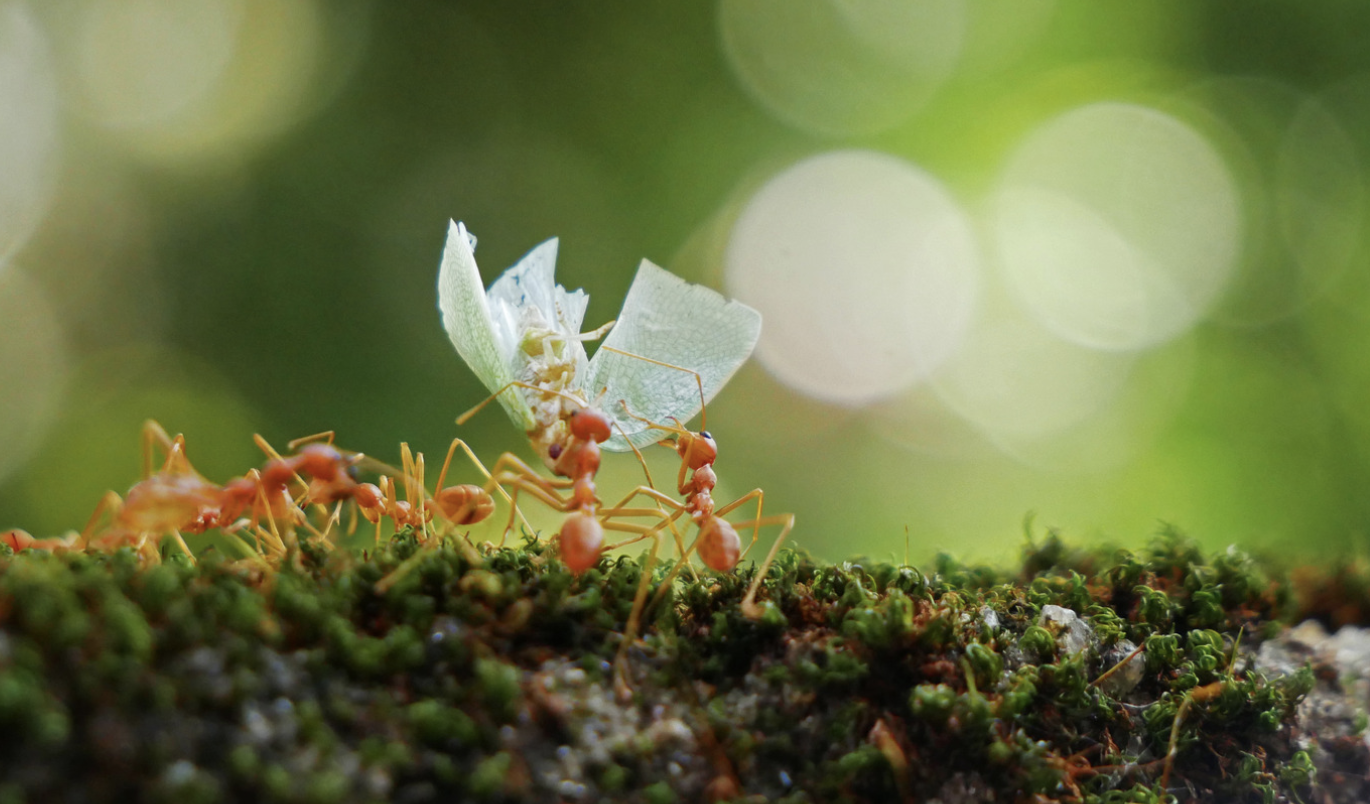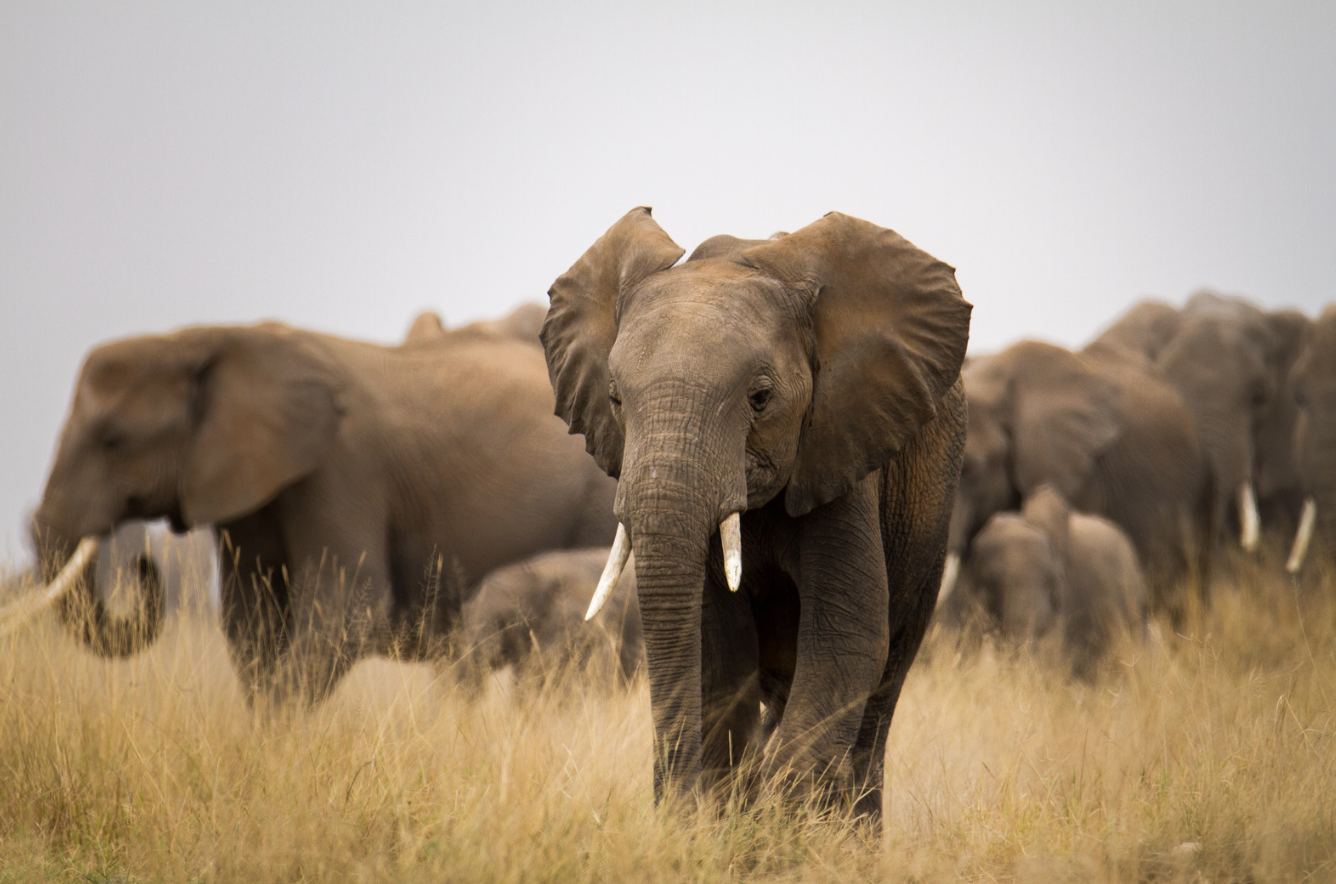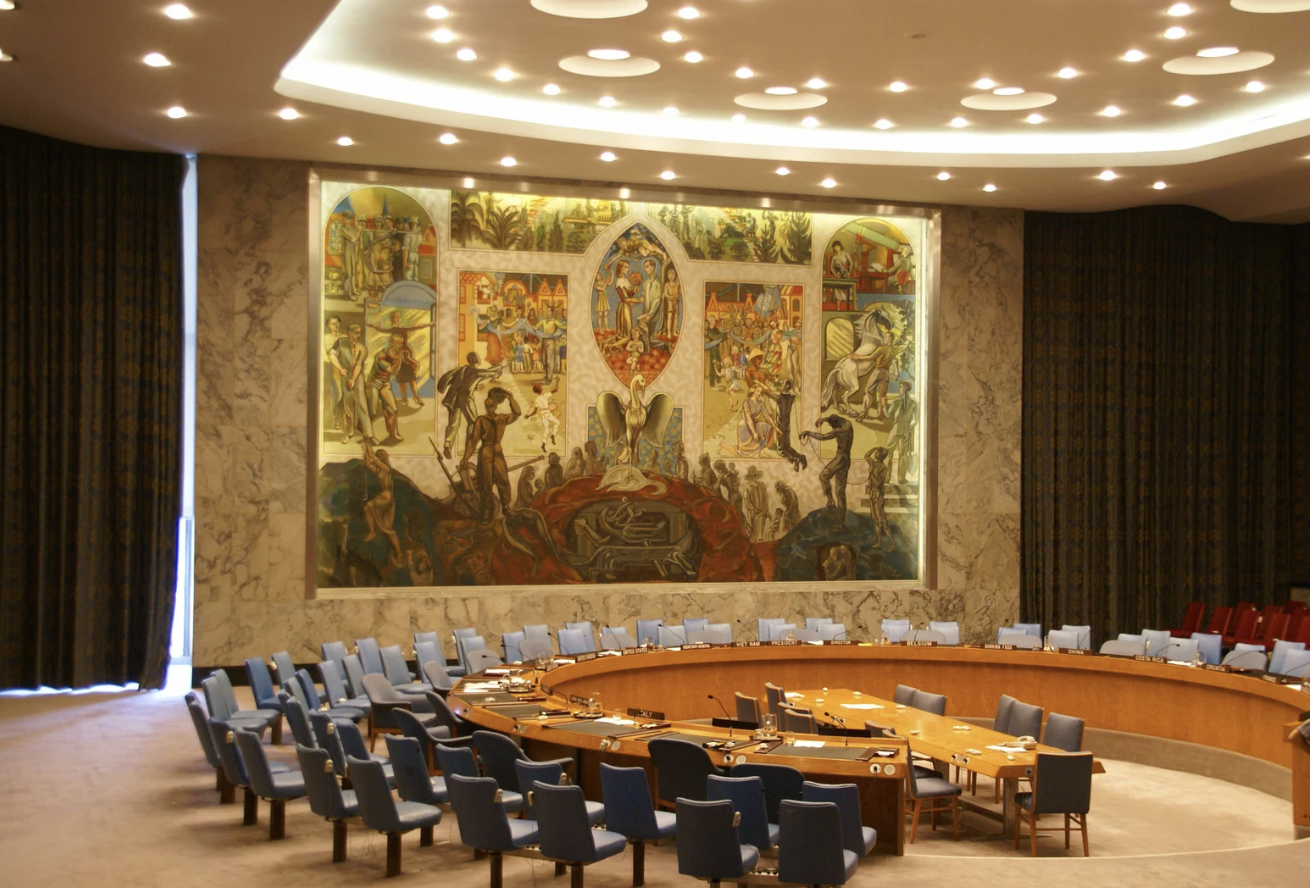Anúncios
Chile is experiencing wildfires following a season of devastating flames in Canada and Hawaii. DW examines how planned fire and adaptive planting may save forests.
Wildfires have burned across forests for hundreds of millions of years, but climate change is making them hotter and longer.
Due to declining rainfall and lengthier droughts, woods are so dry that localized lightning might start a small fire that spreads before firefighters can contain it.
At least 112 people have died in catastrophic forest fires in Chile’s Pacific coast Valparaiso area. The death toll is expected to rise as President Gabriel Boric declares a two-day national mourning.
Canada burned in 2023 due to climate change. 18.4 million hectares (45.5 million acres) burnt, spreading massive smoke clouds over the US. Italy, Greece, and Spain saw major fires in summer 2023.
The 2019-20 Australian Black Summer megafires burned almost 60 million acres (24 million hectares), including fire-resistant wet forests.
As we consume fossil fuels to heat the earth, those flames will increase, harming more people and animals.
“We are not on track to reduce risk now,” said Hamish Clarke, senior research fellow at Melbourne University’s department of ecosystem and forest sciences. “We need to change course urgently and seriously reduce greenhouse gas emissions.”
In January 2022, Clarke co-authored a paper on Australian wildfire danger that claimed “climate change is exceeding the capacity of our ecological and social systems to adapt,” and that fire management is at a “crossroads.”
Here are three ways fire management is adapting to climate change.
Fighting fire with fire
By minimizing kindling, controlled or “prescribed” forest vegetation burning in the colder months reduces summer wildfire risks. In fire-prone countries including the United States, Australia, Portugal, Spain, Canada, France and South Africa, it’s been a tried and established fire control approach for decades.
Backburning tactics, sometimes called hazard reduction, “are very effective at reducing the intensity and severity of fire,” says University of Lleida assistant professor of forest engineering Victor Resco de Dios.
To be an effective remedy, controlled burning under cool circumstances must be done “very large spatial scale to become effective,” said the forest engineer.
With Europe, particularly Mediterranean nations like Greece, suffering increasingly catastrophic summer wildfires, Resco de Dios says “substantial hazard reduction” would need managed burning over 1.5 million hectares (3.7 million acres).
Prescribed burning is becoming riskier due to climate change.
Even though it was unusual, the US Forest Service halted scheduled burning operations in public forests nationwide after a controlled burning operation in New Mexico in May 2022 caused one of the deadliest wildfires in the state’s history.
Low-intensity burning by US and Australian First Nations
First Nations people in the US and Australia used controlled burning to remove combustible vegetation for thousands of years before Europeans arrived.
In colder months, “frequent low-intensity” burning created a grassy, park-like forested topography that preserved biodiversity and reduced wildfire risk.
According to a February 2022 assessment, “the catastrophic risk created by non-Indigenous bushfire management approaches” that suppress fire rather than control it.
Researchers say “Australia’s forests now carry far more flammable fuel than before [the] British invasion,” due to Indigenous fire control incompetence.
Indigenous people in the Kimberly area of northern Australia have successfully managed fires during the cooler dry season since reclaiming their land in the 1990s.
Drones on firefronts
Although prevention is better, technology is becoming vital in fighting mega-blazes.
NASA satellites already help firefighters monitor global fires. Recently, drones have become localized high-tech fire suppression devices.
A drone operation in Finland, where 75% of the area is forested, is tracking forest fires.
“We’re developing a new AI-based drone technology to quickly detect forest fires and provide situational awareness when extinguishing them,” said FireMan consortium member Professor Eija Honkavaara of the Finnish Geospatial Research Institute (NLS).
After 400,000 hectares of European woodland burnt in 2019, 25% more burned in 2020. Resco de Dios predicts that hotter, drier Central Europe and Scandinavia “will start experiencing megafire in the next few decades.”
“Drones can help us provide real-time information on how the fire front is progressing and how high and hot the flames are,” said Eija Honkavaara.
Since drones give real-time remote data, they have sensors that can see through smoke to determine fire size.
The only catch is a good mobile internet connection in rural regions.
How to climate-proof woodlands
“Vegetation has adapted to wildfires for 420 million years,” claimed Victor Resco de Dios.
Forest regeneration may no longer be enough. Experts recommend growing more climate- and drought-resistant plant species in newly sensitive forest habitats to combat frequent wildfires.
Resco de Dios advised planting plants from drier regions for future conditions. “That is, we should not plant with native species, but with those growing elsewhere in warmer locations, so they will be adapted to the climate of the next decades.”
After investigating the Black Summer wildfires in Australia, researchers determined that over 250 plant species were losing “effective regeneration” due to habitat fires.
“We must consider that the climate will be unsuitable for many of the species currently growing by the turn of the century and start planning for that,” Resco de Dios said.
Regenerating woods must be closely managed for decades after they fire.




